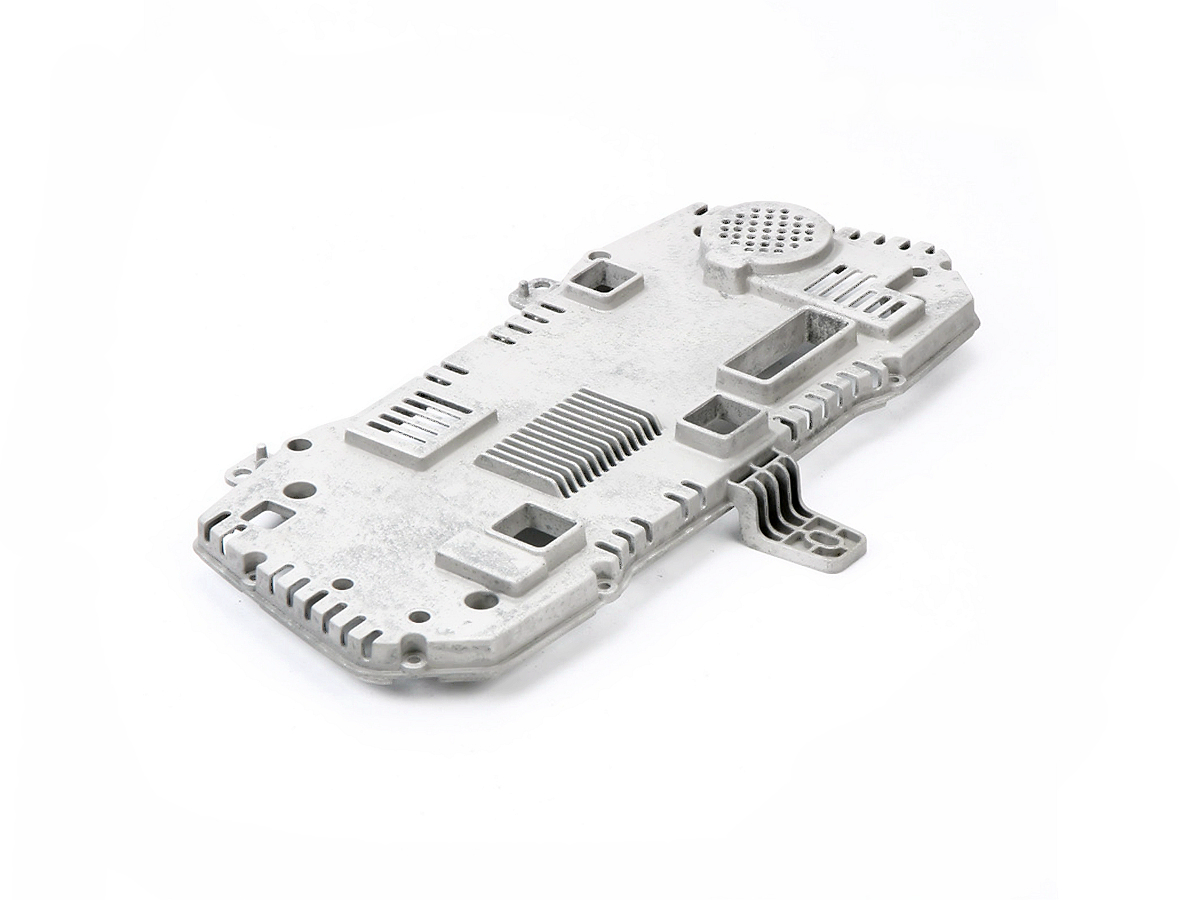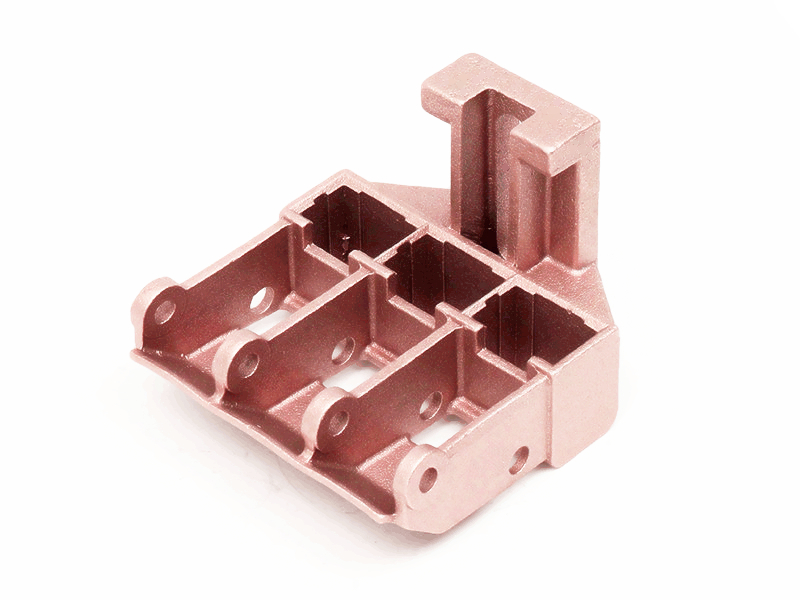Can prototypes be made using the final production alloy?
Yes, prototypes can absolutely be made using the final production alloy—and in many cases, this is not only feasible but highly recommended. Using the same alloy during prototyping allows engineers to evaluate mechanical performance, dimensional stability, castability, and surface characteristics under real production conditions. At Neway, we frequently produce prototypes in final alloys such as A380 aluminum, Zamak 5, or C95500 bronze, providing a reliable bridge between design validation and mass production.
This approach is particularly valuable for projects requiring rigorous mechanical or environmental testing, high-precision assembly validation, or pre-certification of materials and finishes.
Benefits of Using the Final Alloy in Prototyping
Prototyping with the final production alloy ensures:
Accurate mechanical behavior under thermal, vibration, or fatigue loading
Realistic feedback on material flow, shrinkage, and solidification behavior
Valid surface finish and treatment compatibility (e.g., anodizing, powder coating)
Confidence in dimensional repeatability before tooling investment
Elimination of material mismatch risks during design transitions
Using the final alloy for high-performance applications in automotive, aerospace, marine, and electronics helps reduce iteration cycles and unexpected production issues.
Feasibility by Prototyping Method
Prototyping Method | Supports Final Alloy? | Typical Use Cases | Lead Time |
|---|---|---|---|
Sand Casting | Yes | Structural trials, early-stage validation | 2–4 weeks |
Permanent Mold Die Casting | Yes | Low-volume runs, mechanical testing | 4–6 weeks |
Urethane Casting | No | Visual/aesthetic models, plastic-like evaluations | 1–2 weeks |
3D Printed Patterns | Yes (via investment or sand) | Complex geometry, limited-run functional testing | 2–3 weeks |
CNC Machining | Yes (if billet available) | Interim metal parts before tooling readiness | 5–10 days |
At Neway, we often use sand casting or low-volume die casting to prototype with production-grade alloys.
Common Alloys Used in Prototype-to-Production Workflows
Neway stocks and works with a wide range of production-grade materials, allowing prototypes to be cast or machined from the same alloy that will be used in mass production.
A380 Aluminum: Common in aluminum die casting; good for mechanical enclosures, heat sinks, and housings
AlSi12: Excellent fluidity for thin-walled components with high corrosion resistance
Zamak 3 and 5: Frequently used in zinc die casting; ideal for precision, high-volume components
C95500 (Aluminum Bronze): Strong corrosion and fatigue resistance for marine, aerospace, and hydraulic parts
C464 Brass: Excellent machinability and seawater resistance for copper alloy castings
Prototyping in these alloys ensures that results in structural testing, coating performance, and machining behavior are directly transferrable to the final product.
Application Scenarios Where Final Alloy Is Essential
Using production alloys is highly advised when:
Material certification is required for regulatory approval (e.g., aerospace, medical)
Surface treatments must be verified (e.g., anodizing or powder coating compatibility)
Mechanical validation must reflect final use conditions (e.g., thermal fatigue, impact loading)
Pre-series or pilot production is being planned for functional or market trials
For example, a client may request prototyping of a die-cast housing in A356-T6 aluminum to test thermal dissipation in high-voltage electronics. Using the final alloy allows precise validation of both thermal and mechanical performance.
Considerations When Prototyping with Final Alloy
While feasible, there are a few key factors to account for:
Tooling Cost and Time: Permanent molds or die cast tooling may be needed, depending on the process
Minimum Volume Requirements: Some processes require a minimum volume to be cost-effective
Post-Processing Needs: If tight tolerances are required, CNC machining may still be necessary
Material Availability: Exotic or custom alloys may require longer lead times
Neway helps evaluate the trade-offs between speed, accuracy, and cost in selecting the best method for prototyping with the final alloy.
Conclusion
Prototypes can and often should be made using the final production alloy—especially when functional testing, certification, or manufacturing consistency is required. At Neway, we provide full support for casting, machining, and finishing prototypes using alloys such as A380, Zamak 5, C95500, and more. This ensures that your design is validated in real-world conditions, reducing downstream risks and accelerating time to production.



